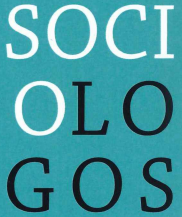Abstract
In this article we argue that an exclusive focus on the generalised aspect of prejudice limits the understanding of the structure and genesis of prejudice towards particular out-groups. In order to conceptualize the specific nature of particular prejudices, we propose the differentiated threat approach. This framework postulates that different out-groups challenge diverse economic and cultural interests, and that these out-group specific threats affect various socio-economic strata and cultural groups differentially. The differentiated threat approach is applied to analyse majority-group Belgians’ attitudes towards immigrants, Muslims, Jews and homosexuals. The results show that a common denominator of prejudice can be distinguished, but that the prejudices towards the various out-groups contain substantively relevant unique components that are influenced by socio-demographic and attitudinal predictors in diverging ways. Gender traditionalism is found to reinforce homonegativity and temper Islamophobia at the same time. Feelings of relative deprivation are more strongly related to Islamophobia than to other forms of prejudice, and are unrelated to homonegativity. Religious involvement plays a more decisive role in the formation of anti-Semitism and homonegativity than it does in the other forms of prejudice. Anti-immigration attitudes show a class gradient that is absent in attitudes towards other out-groups. Our results evidence that the concrete realisation of attitudes towards a specific out-group cannot be understood without paying attention to structural and contextual factors, such as social positions, the nature of inter-group relations, power balances and elite discourses.
How to Cite:
Meuleman, B. & Abts, K. & Slootmaeckers, K. & Meeusen, C., (2017) “Gedifferentieerde dreiging en de verklaring van vooroordelen: anti-immigrantenattitudes, islamofobie, antisemitisme en homonegativiteit vergeleken”, Sociologos 38(1-2), 49–77. doi: https://doi.org/10.21825/sociologos.86936
Downloads:
Download PDF
View
PDF


